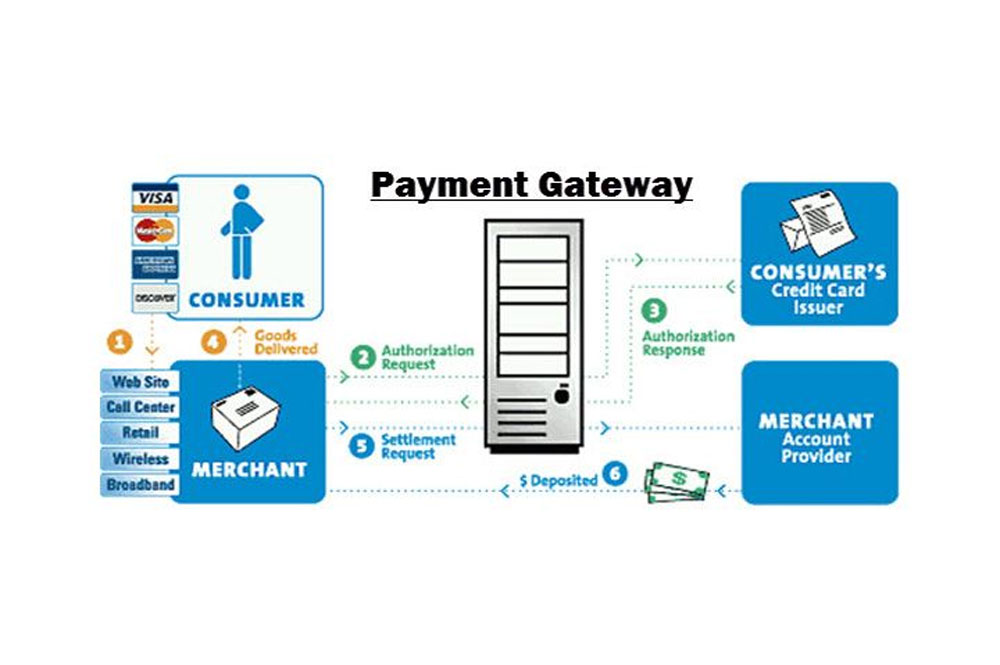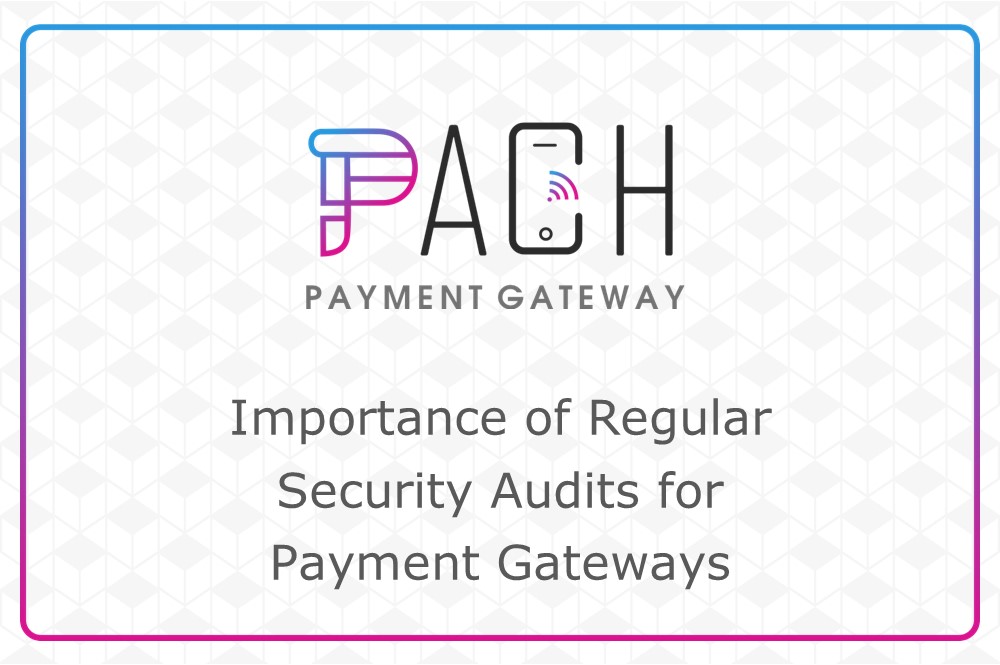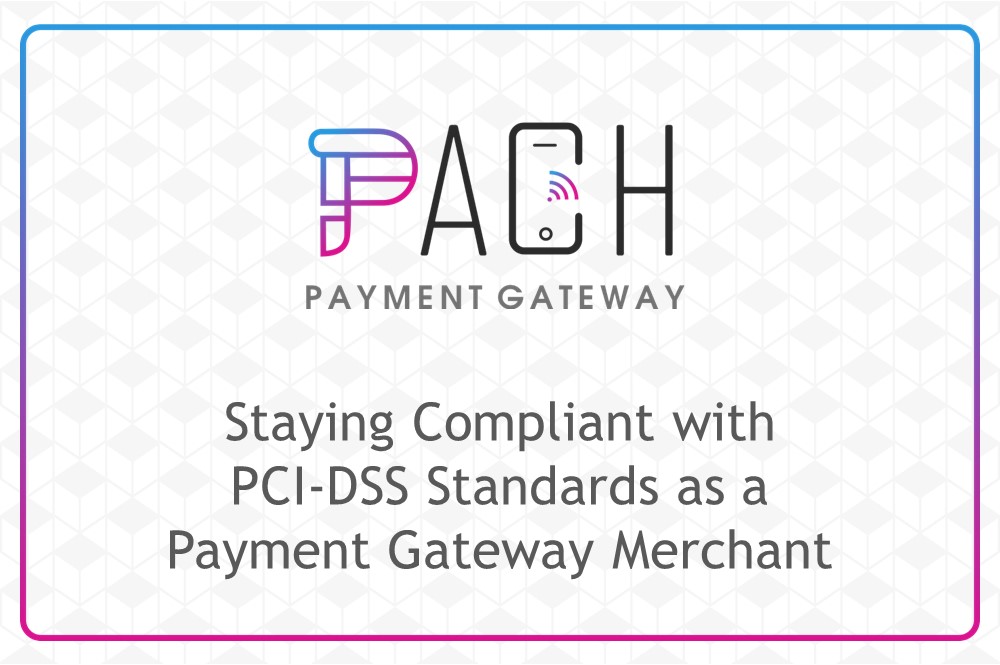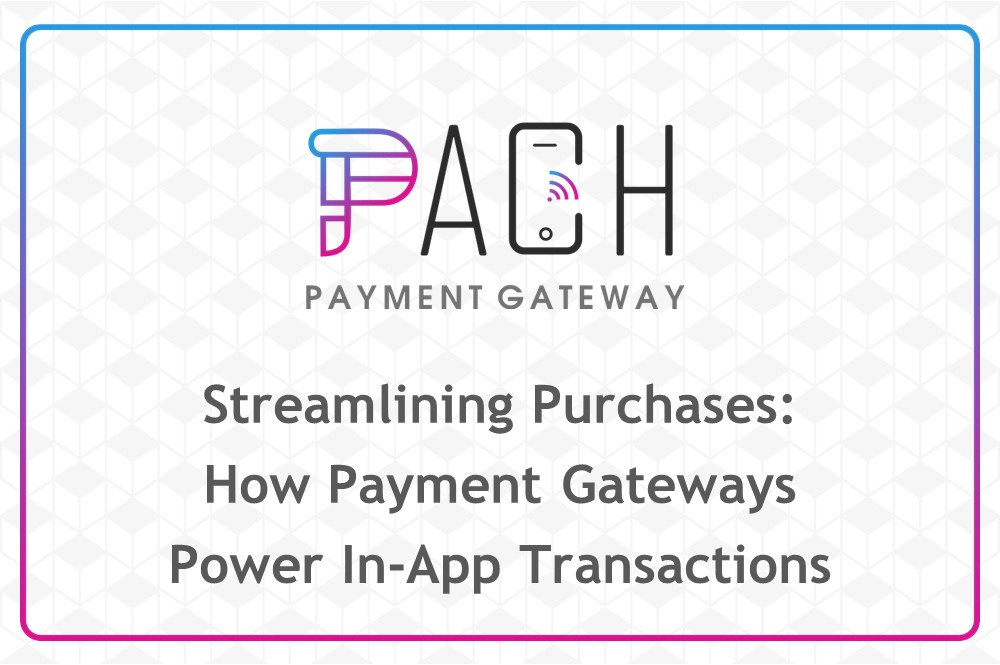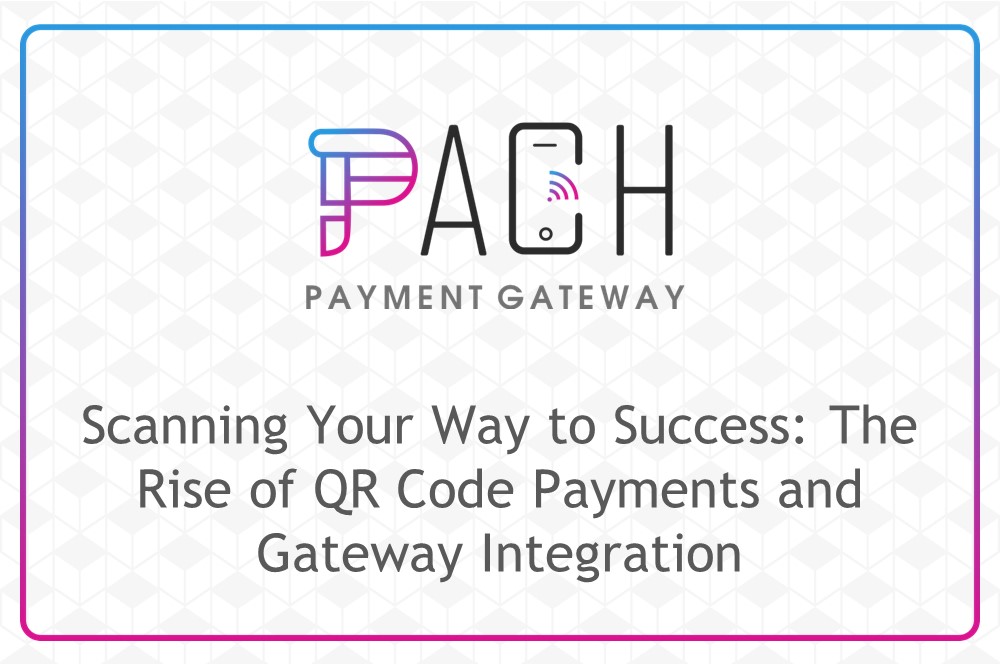The Importance of Payment Gateway Downtime Prevention
Aug 17, 2024 - 2 MINS READ
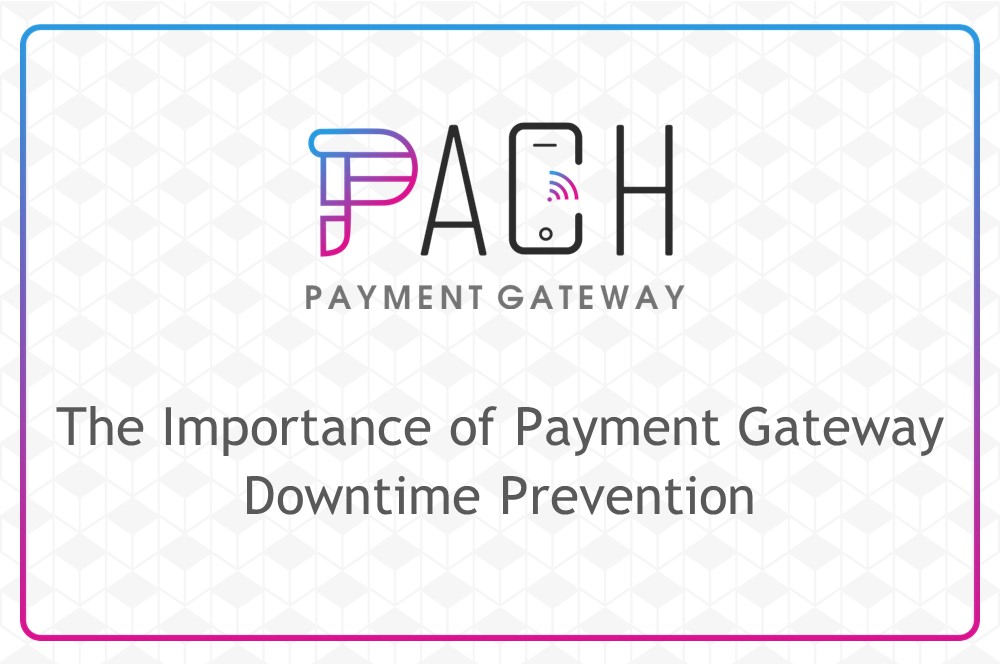
Introduction
In today's digital economy, online transactions are the lifeblood of many businesses. Payment gateways, the backbone of these transactions, must operate seamlessly to ensure business continuity. Any disruption in payment gateway services can lead to significant financial losses, damaged reputation, and customer dissatisfaction. This blog emphasizes the importance of preventing payment gateway downtime and explores strategies to mitigate its impact.
The Cost of Payment Gateway Downtime
Payment gateway downtime can have far-reaching consequences for businesses:
-
Lost Revenue: Every minute of downtime translates into lost sales and potential customers.
-
Damaged Reputation: Customers expect seamless transactions. Downtime can erode trust and damage brand reputation.
-
Increased Operational Costs: Businesses may incur additional expenses due to manual workarounds and customer support efforts.
-
Legal and Regulatory Risks: Payment processing interruptions can lead to compliance issues and legal liabilities.
Strategies for Preventing Payment Gateway Downtime
To minimize the risk of payment gateway downtime, businesses should implement the following strategies:
-
Choose a Reliable Payment Gateway Provider: Select a provider with a proven track record of uptime and robust disaster recovery plans.
-
Redundancy and Failover: Implement redundant systems and failover mechanisms to ensure uninterrupted service in case of primary system failure.
-
Regular Testing and Monitoring: Conduct regular tests of the payment gateway system to identify and address potential issues. Monitor system performance closely to detect anomalies.
-
Incident Response Plan: Develop a comprehensive plan outlining steps to be taken in case of payment gateway downtime. This plan should include communication protocols, escalation procedures, and recovery strategies.
-
Employee Training: Train employees on how to handle payment gateway issues and communicate effectively with customers during downtime.
-
Backup Payment Options: Consider alternative payment methods as a backup to minimize the impact of downtime.
-
Regular Security Updates: Keep payment gateway software and systems up-to-date with the latest security patches to prevent vulnerabilities.
Mitigating the Impact of Downtime
Even with preventive measures in place, payment gateway downtime can occur. It is essential to have a plan to minimize its impact:
-
Communicate with Customers: Inform customers about the issue and provide updates on the expected resolution time.
-
Offer Alternative Payment Methods: If possible, allow customers to use alternative payment options during downtime.
-
Leverage Social Media: Use social media platforms to communicate with customers and address concerns promptly.
-
Learn from Incidents: Conduct post-incident reviews to identify lessons learned and implement improvements to prevent future occurrences.

